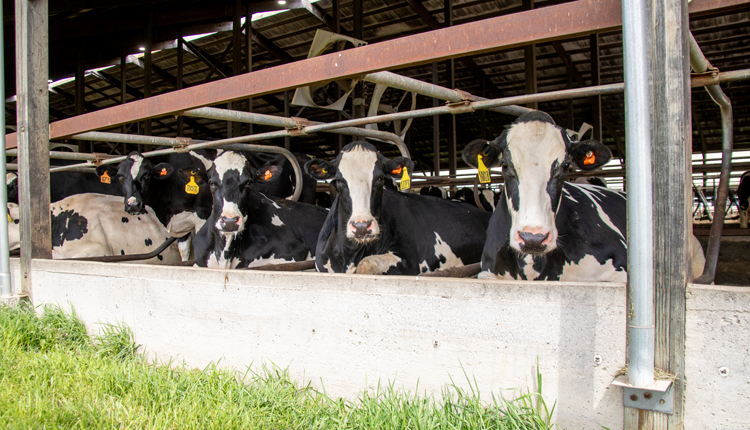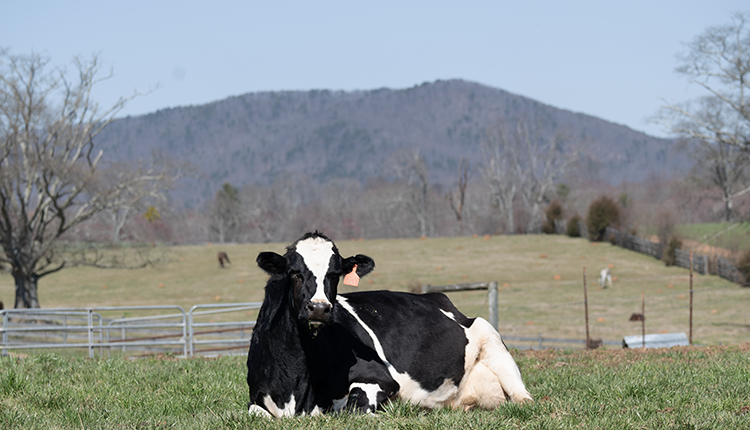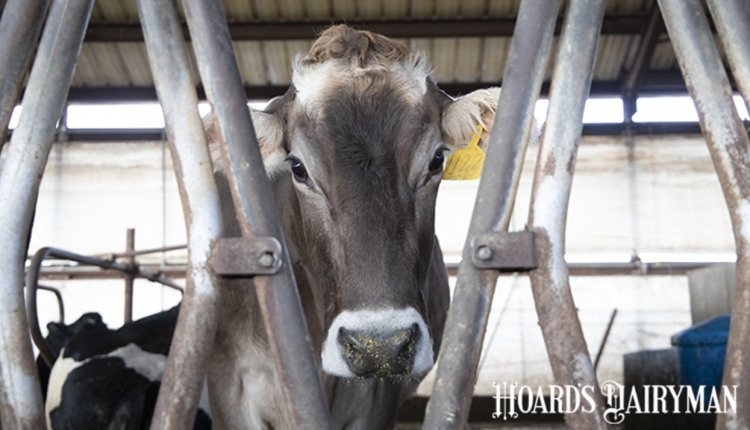
Understandably, the most labor-intensive job on a typical dairy is milking, so dairies often implement protocols to get the maximum number of cows through the parlor in the shortest amount of time. Soon, a new tool will be available to help make the milking process even more efficient and uniform: genetic selection for milking speed in Holsteins.
A robust research foundation
Along with partners at USDA’s Animal Genomics and Improvement Laboratory (AGIL), the Council on Dairy Cattle Breeding (CDCB) has been researching the feasibility of genetically selecting for milking speed for several years. That work will come to fruition as early as August 2025 with the implementation of a new trait called Milking Speed (MSPD) in the triannual genetic evaluations for Holsteins.
Because individual cow milking speed can have such an impact on farm efficiency, it is already calculated in multiple breeds internationally. However, most of these evaluations rely on subjective measures of how fast or slow a cow milks. In many places, the owner describes a cow’s observed milking speed on some type of linear scale to a classifier during type appraisal. In fact, CDCB already calculates milking speed evaluations for the Brown Swiss and Milking Shorthorn breeds this way due to data availability.
While this type of data collection is useful in some situations, our research team knew that it would not be feasible on the larger dairies of the U.S. Subjective reporting also does not provide the most detailed measure of how long it takes a cow to produce a certain amount of milk. To eliminate the human factor of milking speed reporting and improve the accuracy of results, we studied how data from in-line milk meters could be used to calculate reliable genetic evaluations for milking speed.
After analyzing 131,015 lactation records, which included milk weights and milking durations from 121,662 cows of various breeds and parities milked by 11 different milking equipment manufacturers, we developed the milking speed for Holstein bulls and cows. It is reliant on data flowing from on-farm meters to the National Cooperator Database through dairy records processing centers and milk testing organizations.
What is MSPD?
This new trait will represent the average pounds of milk an animal’s offspring is expected to produce in a conventional milking system per minute. It is important to note that the trait does not apply to automatic milking systems (AMS) at this time.
Predicted Transmitting Abilities (PTAs) for MSPD will be relatively straightforward to interpret since they will be expressed on a phenotypic scale. That means a bull or cow’s PTA value is the actual pounds of milk per minute their offspring is expected to produce, averaged over a 305-day record. For Holsteins, the average is 7 pounds per minute. In testing the trait on the December 2024 triannual evaluation, 579 A.I. Holstein bulls reported active had PTAs ranging from 6.2 pounds per minute to 8.1 pounds per minute.
A particularly exciting component of the MSPD trait is that its heritability is estimated at 42%. That makes it the most heritable trait of any of the 50 that CDCB publishes and indicates that genetic selection for faster-milking cows has significant potential to help dairy farmers make their parlors more efficient.
In addition to moving more cows through the parlor, selecting for faster-milking cows (or selecting against slower-milking cows) will create a more consistent herd and limit the disruptions that cows requiring special attention in the parlor can create. And with MSPD’s high heritability and foundation in real-time milk weights, it can be an accurate way to find those cows you want to keep in your herd. That’s the most efficient story of all.








